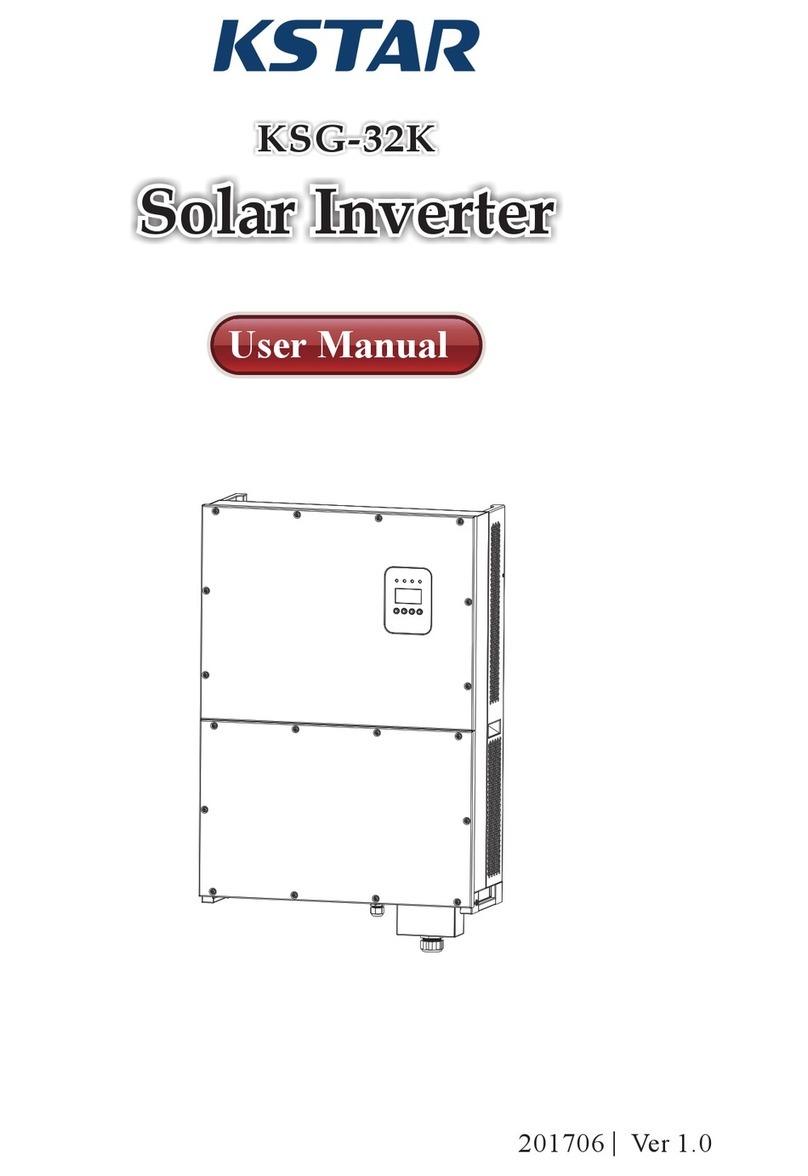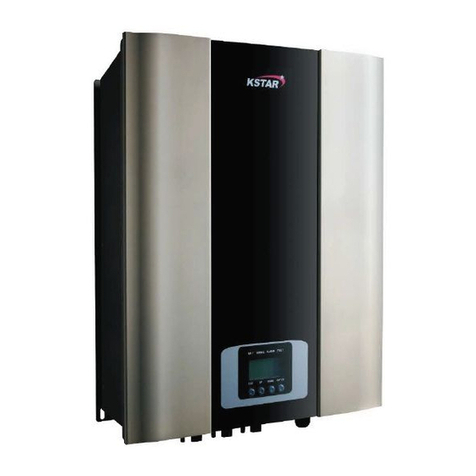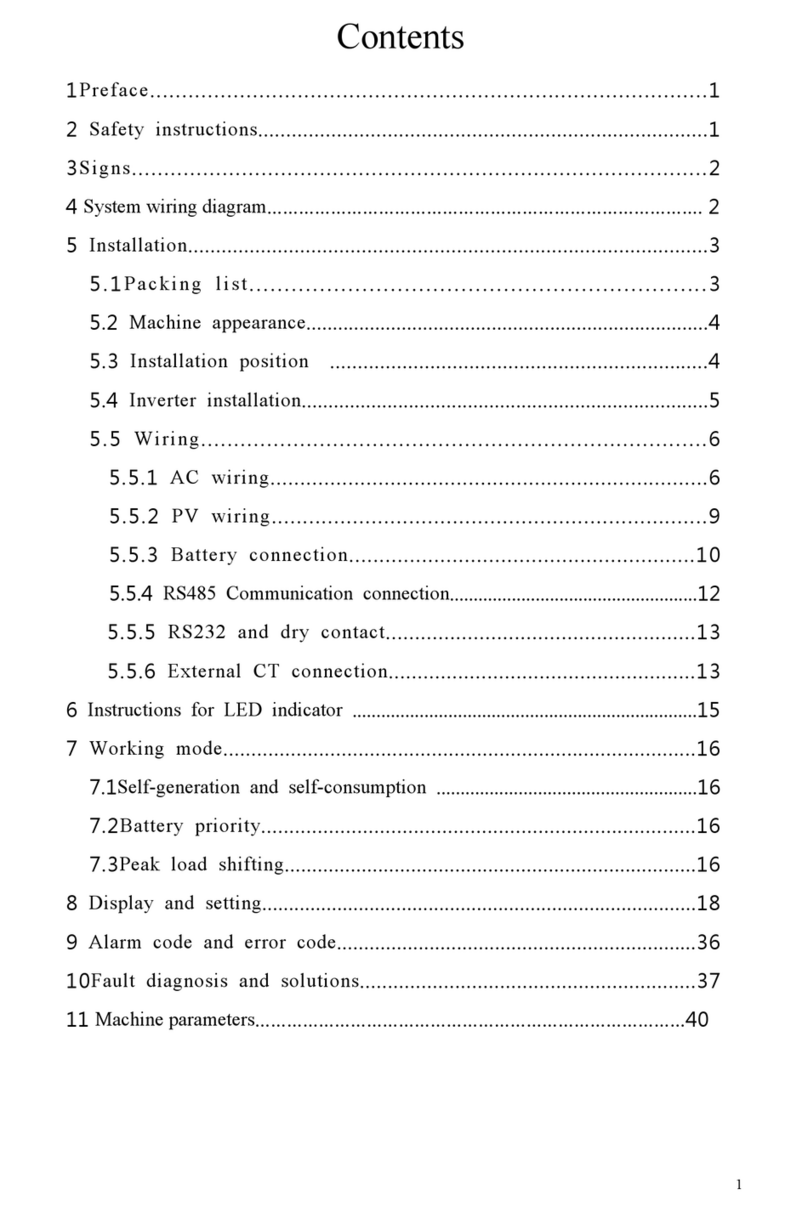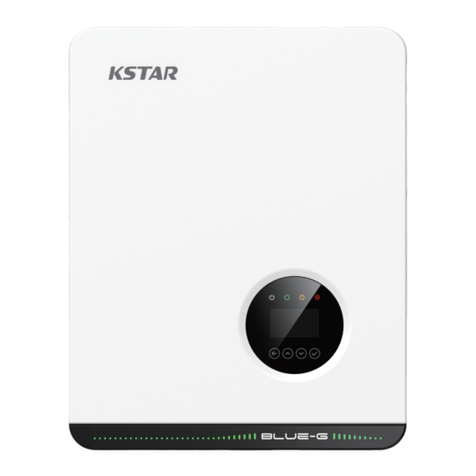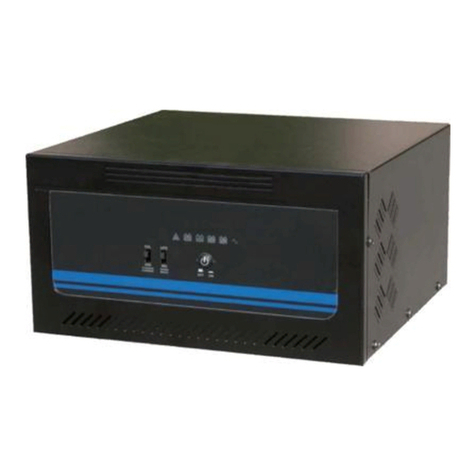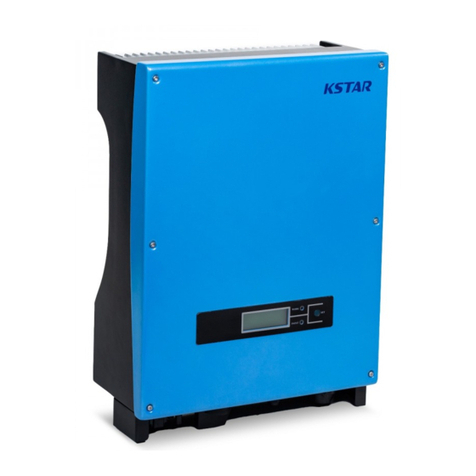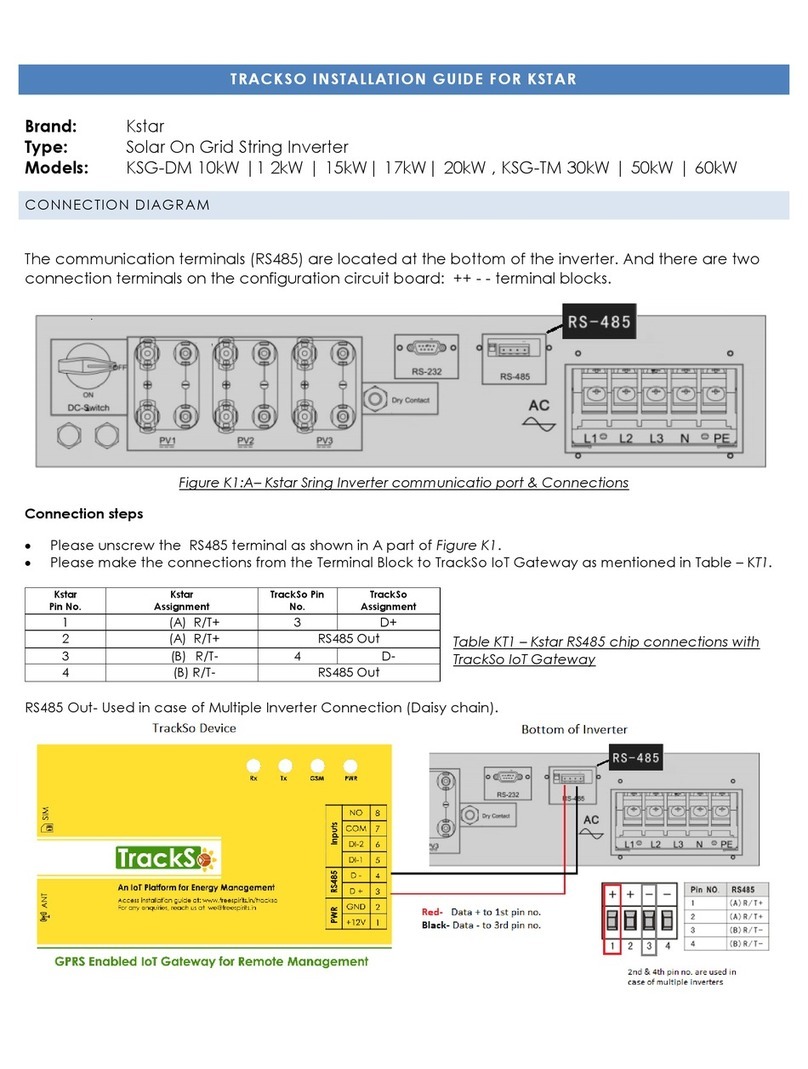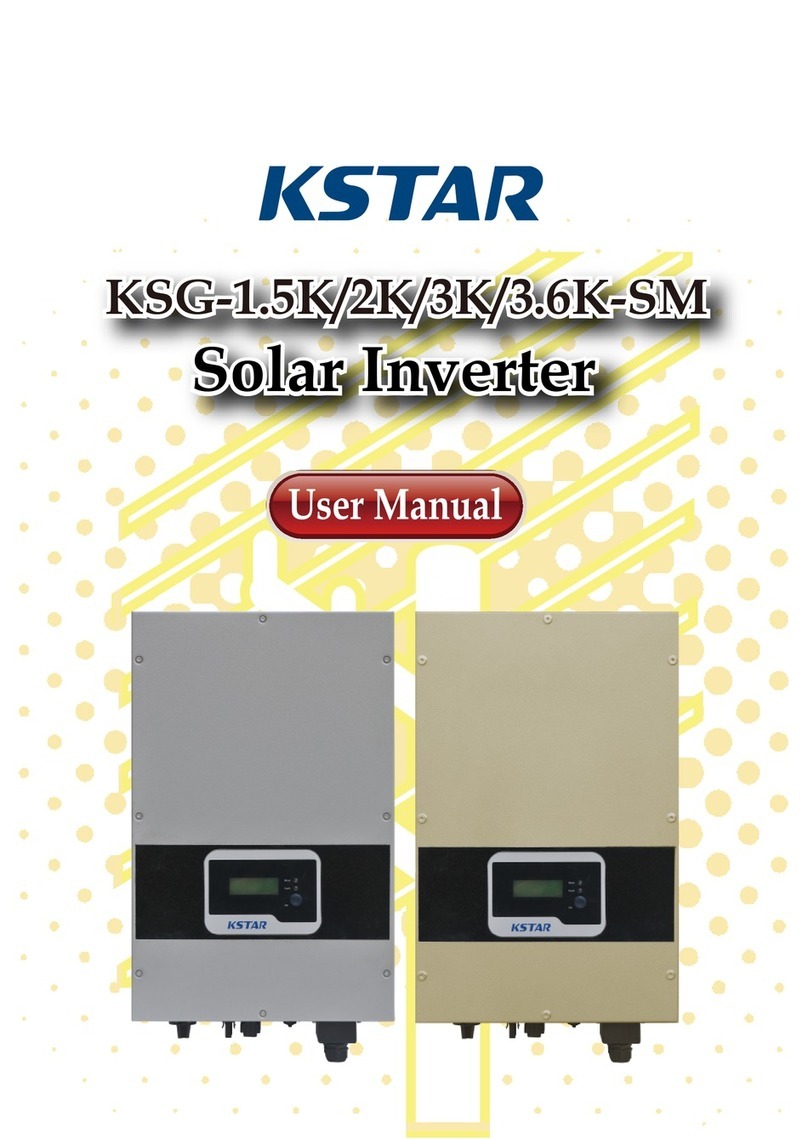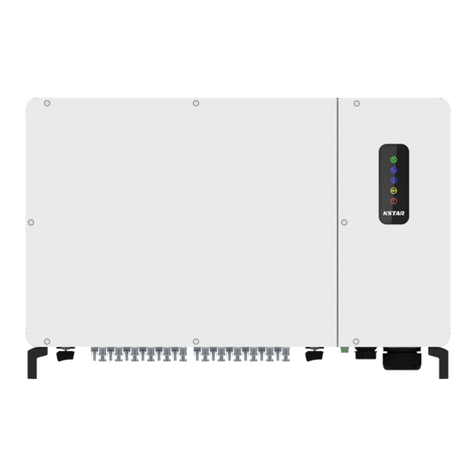
Installation and Operation Manual
1
Table of Contents
1 User Guide..........................................................................................2
2 Safety Instructions.............................................................................3
3 Product Warranty...............................................................................5
4 Overvie ...........................................................................................6
4.1 Introduction of Grid-connected System.........................................6
4.2 Brief Introduction of PV Inverter...................................................7
4.3 Features Description......................................................................8
5 Installation....................,....................................................................9
5.1 Packing ..........................................................................................9
5.2 Installation of Inverter ...................................................................9
5.3 Installation Location....................................................................10
5.4 Installation Procedure..................................................................10
5.5 Wiring..........................................................................................12
5.6 Connection Procedure .................................................................14
6 Operation of Grid-connected Inverter.............................................15
6.1 Trial Operation....................,........................................................16
6.2 Working Status ............................................................................16
6.3 LED Display................................................................................18
6.4 LCD Display................................................................................19
6.5 Max Po er Point Tracking (MPPT)............................................23
7 Communication Interface................................................................24
7.1 RS232...........................................................................................24
7.2 RS485...........................................................................................24
7.3 Remote control ............................................................................25
8 Trouble Shooting.............................................................................26
9 Specification
.
.....................................................................................28
